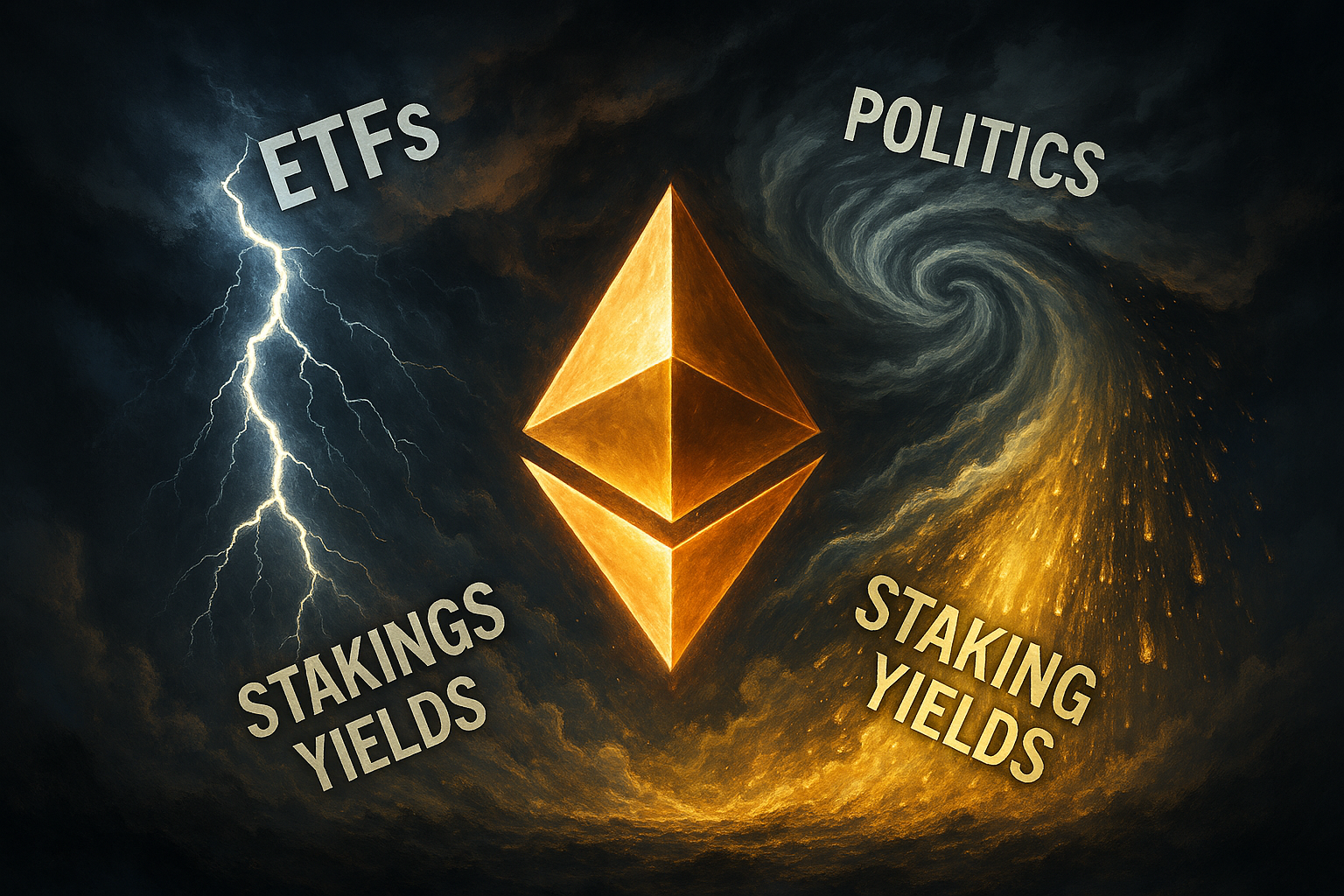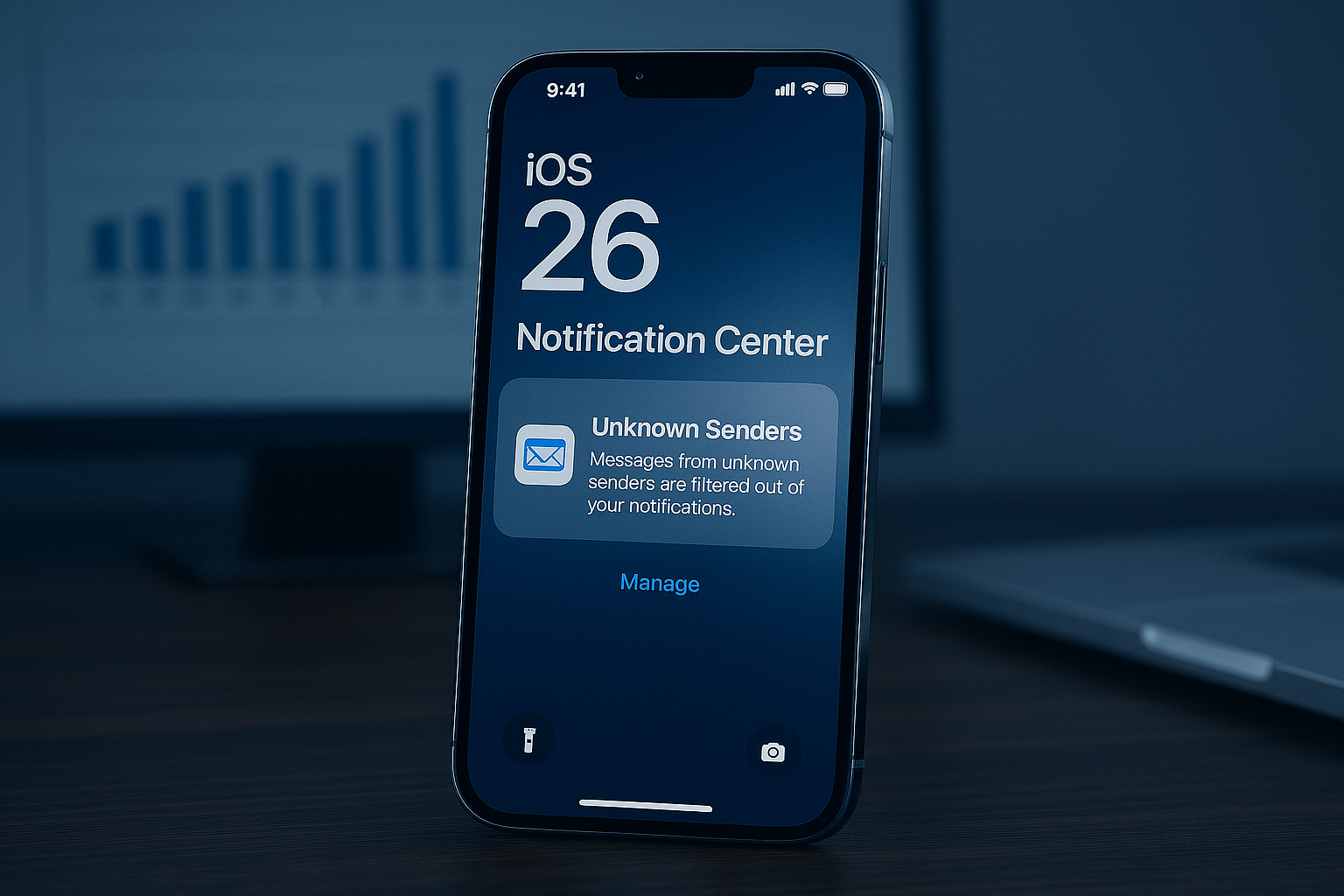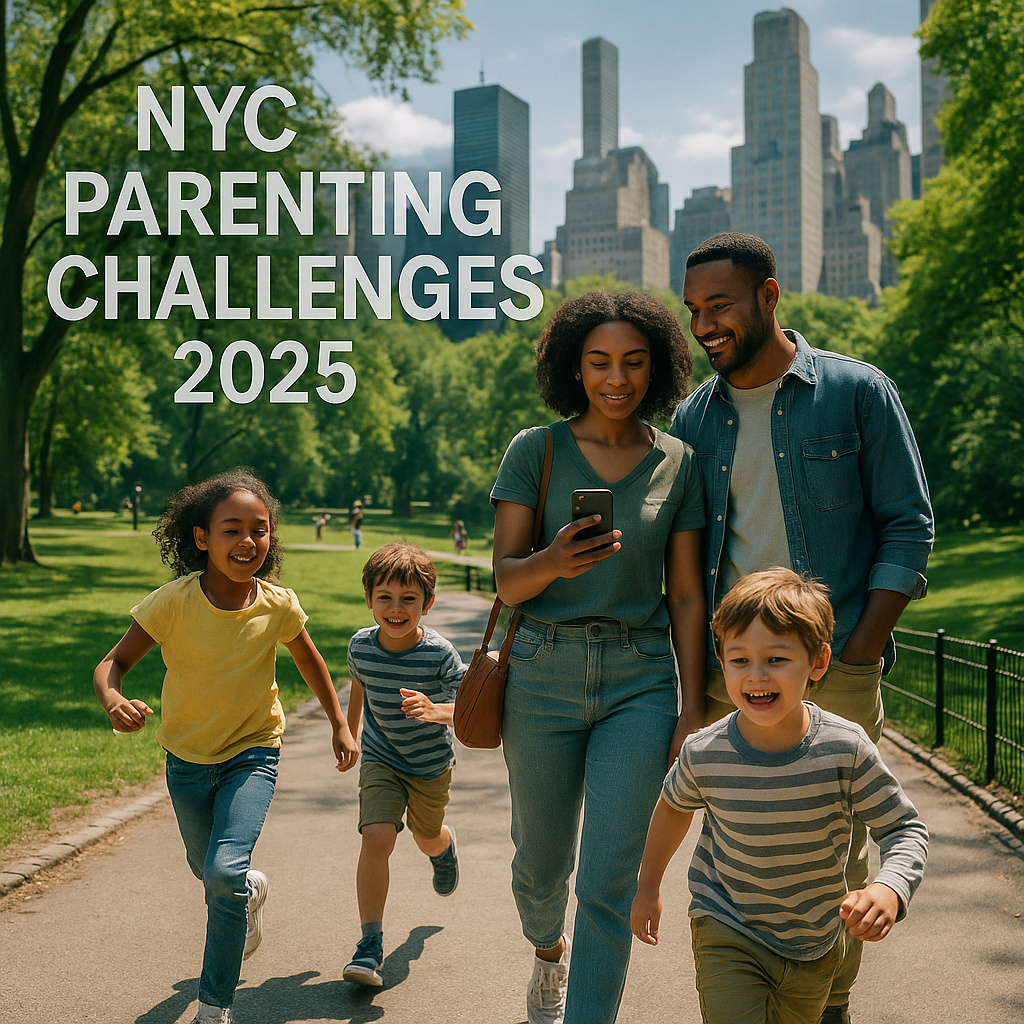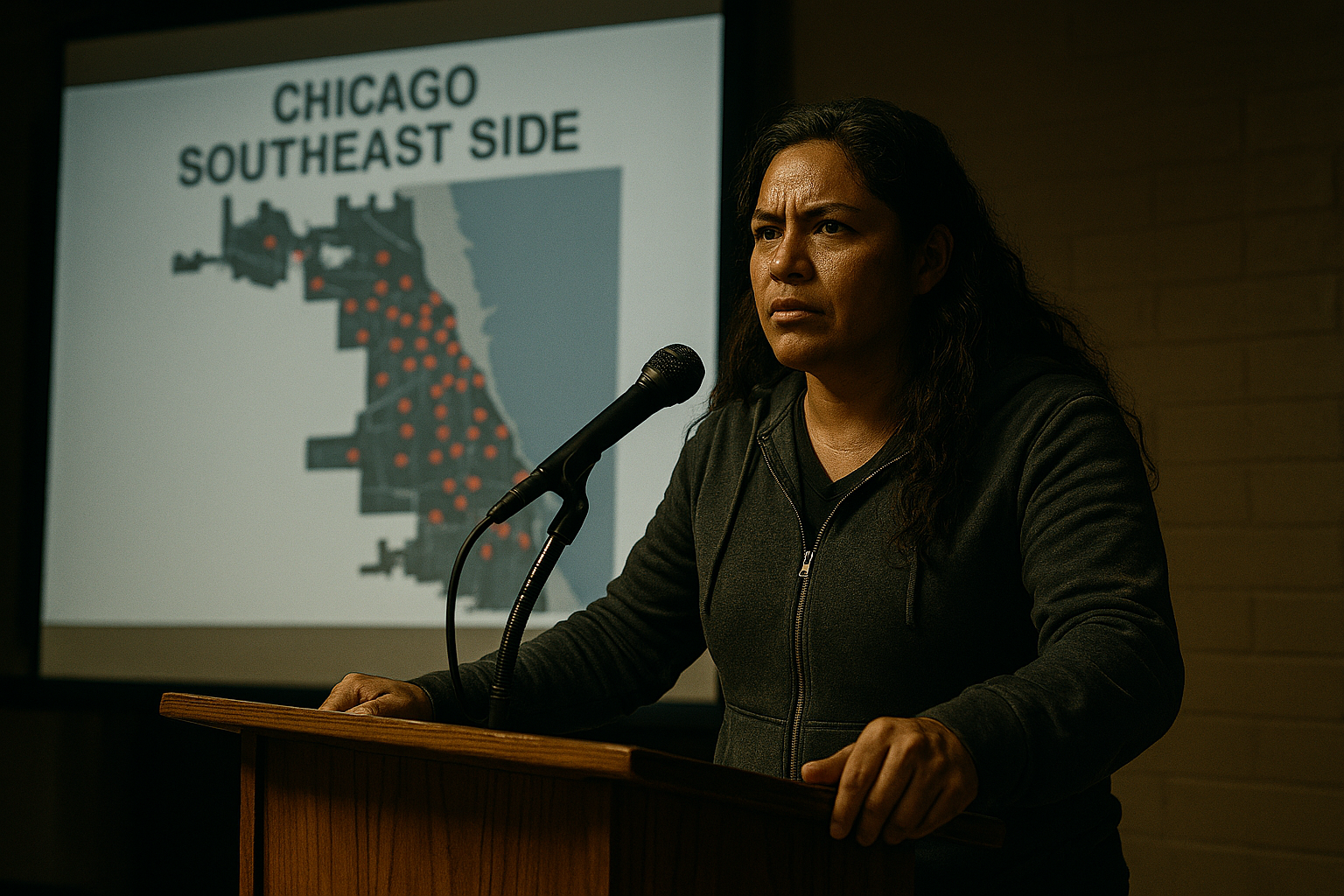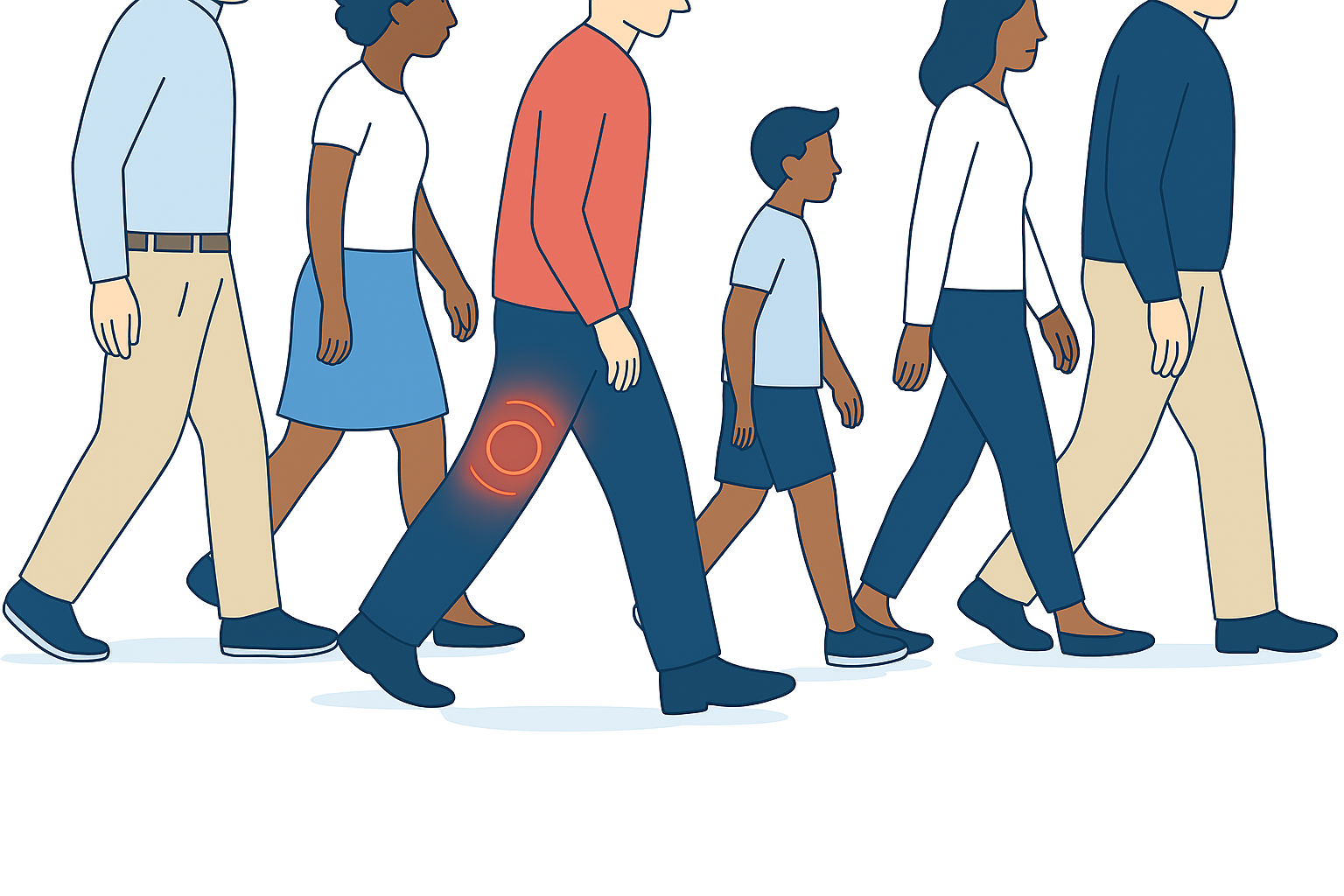Tariff Price Increase Mental Health 2025: Coping with Rising Costs in America

The Hidden Cost of Tariffs on Your Mind
As prices for appliances, toys, and furniture climb due to President Trump’s tariffs, American consumers are feeling a new kind of squeeze—on their wallets and their mental health. The tariff price increase mental health 2025 crisis is emerging as companies like Walmart and Adidas pass on costs, with June 2025 data showing rising prices for tariff-exposed goods, per The New York Times. With 68% of Americans reporting financial stress, per APA 2024 survey, and inflation fears reignited, this economic strain is driving anxiety and uncertainty. How do tariff-induced price hikes affect psychological well-being, and what strategies can help consumers cope?
The Tariff Impact: Economic and Psychological Fallout
Trump’s tariffs, expanded in spring 2025 and escalated on July 31 for global trade, are hitting consumer prices:
- Price Increases: Government data shows June 2025 price rises for appliances (e.g., refrigerators), toys, and home furnishings, per The New York Times. Companies like Procter & Gamble and Stanley Black & Decker plan further hikes to offset tariff costs, per The New York Times.
- Corporate Response: Carter’s CFO Richard Westenberger noted on July 25 that price increases are inevitable to maintain margins, per The New York Times. Walmart and Hasbro warned of higher costs for consumers, per CNBC.
- Economic Context: Inflation, muted earlier in 2025, is rising, with Federal Reserve Chair Jerome Powell noting slower-than-expected price impacts, per The New York Times. The Consumer Price Index rose 3.2% year-over-year in June, per BLS.
Psychologically, these changes trigger:
- Financial Anxiety: 68% of Americans report financial stress, with 40% citing rising costs as a primary trigger, per APA. Tariff-driven price hikes exacerbate fears, especially for low-income households spending 80% of income on essentials, per Kaiser Family Foundation.
- Stress and Coping Theory: Lazarus and Folkman’s theory explains how perceived financial threats increase stress when coping resources (e.g., savings) are low, with 35% of consumers reporting sleeplessness, per APA.
- Identity Strain: Middle-class families, like those shopping at Costco, face identity threats as purchasing power erodes, with 30% reporting reduced self-worth, per ScienceDirect.
- Social Impact: Economic pressure strains relationships, with 25% of couples reporting increased conflict over finances, per APA.
Critical Perspective: Flaws in the Narrative
The establishment narrative, backed by the White House, claims tariffs protect U.S. jobs without significant consumer impact, per The New York Times. Yet, critical gaps emerge:
- Delayed Acknowledgment: The White House dismissed early inflation warnings, yet June data confirms price hikes, per BLS. This denial fuels distrust, with 55% of Americans skeptical of economic messaging, per APA.
- Inequitable Burden: Tariffs disproportionately hit low-income consumers, with 20% cutting essential spending, per Kaiser Family Foundation, ignored in optimistic job-focused narratives.
- Corporate Profiteering: Some firms may raise prices beyond tariff costs, as seen in 2018 trade wars, per CNBC, increasing consumer stress without transparency.
- Mental Health Oversight: Policy discussions overlook psychological impacts, despite 40% of consumers reporting anxiety over rising costs, per APA.
This narrative minimizes the human toll of economic strain, neglecting vulnerable populations.
Coping Strategies for 2025
To mitigate tariff-induced stress:
- Mindfulness-Based Financial Apps: Innovative apps like YNAB integrate mindfulness, reducing financial anxiety by 20%, per Journal of Positive Psychology. Budgeting with intention fosters control.
- Community Support Groups: Post-2008 recession models show group financial counseling cuts stress by 25%, per APA. Libraries can host sessions.
- Cognitive Behavioral Therapy (CBT): CBT reduces economic anxiety by 15%, per ScienceDirect, helping reframe financial fears. Online platforms like BetterHelp offer access.
- Financial Education: Free workshops via consumerfinance.gov boost confidence by 20%, per APA.
- Social Connection: Engaging in community activities, like those post-2004 tsunami, reduces isolation by 30%, per PMC.
Recommendations for Resilience
- Policy: Subsidize essentials for low-income households, as in 2020 stimulus programs, to cut stress by 25%, per APA.
- Community: Retailers like Costco can offer financial wellness seminars, mirroring 2008 models, per CNBC.
- Individuals: Track prices via bls.gov and share budgeting tips on X at @CFPB.
Conclusion
The tariff price increase mental health 2025 crisis underscores how rising costs fuel anxiety and strain identities. By leveraging mindfulness apps, community support, and policy reform, Americans can build resilience. Act now—connect with resources or share coping strategies below.
